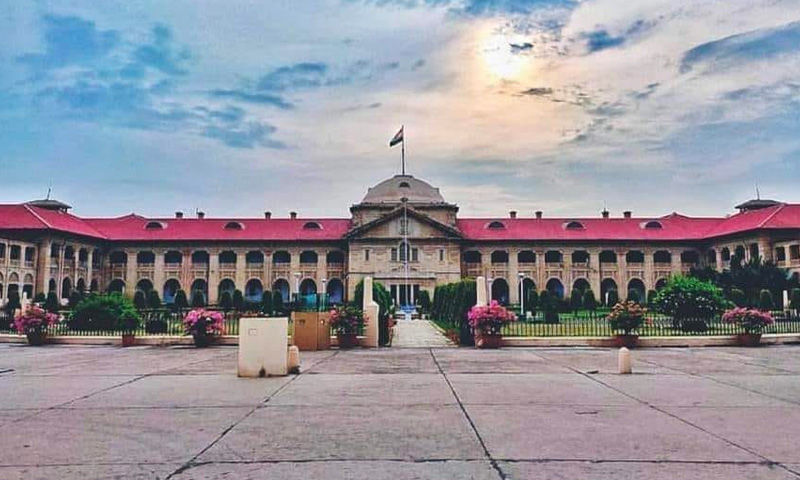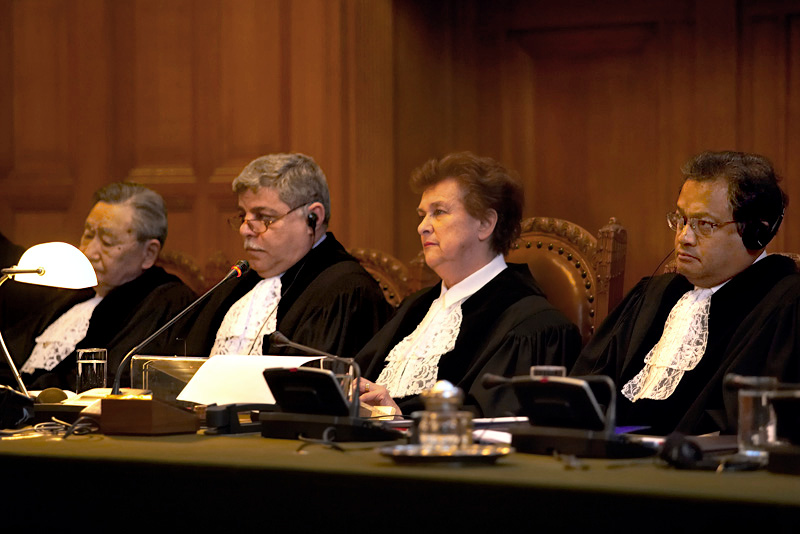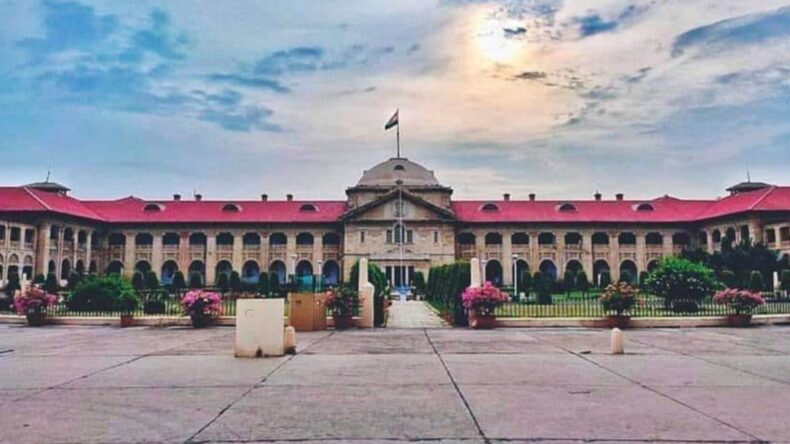
In a recent decision, Allahabad High Court emphasized that there is no difference between the judicial powers and duties of judges appointed under Article 217 of the Indian Constitution and extra judges appointed under Article 224. According to the court, the sole distinction between the two groups of justices is their tenure.
Judicial Equality and Roster Management
The Allahabad High Court emphasized that all judges have the same power and responsibilities, regardless of the constitutional provision under which they were nominated, in its response to a Review case. Judges can only be assigned specific cases or categories of cases by the Chief Justice, who is the master of the roster. Every judge has a responsibility to do the judicial task assigned to them and exercise their jurisdiction in accordance with that assignment. This rule guarantees that all judges are given the same amount of judicial authority and responsibility.

Challenging the Judgment Procedure
Two reasons for contention were presented by the Review application. First, it argued that the verdict was not delivered in accordance with Chapter VII, Rule 1 of the Allahabad High Court Rules, 1952. Second, it claimed that the Division Bench’s composition—one judge selected in accordance with Article 217 and another in accordance with Article 224—violated the spirit of the Indian Constitution.
Addressing the Judgment Procedure
The court alluded to Chapter VII, Rule 1 of the Allahabad High Court Rules, 1952, which specifies that due to time restrictions and the interest of justice for other plaintiffs, the detailed judgement is dictated in chambers while the summary and conclusion may be spoken in open court. The court made it clear that just because part of a judgement wasn’t delivered in public court doesn’t make it invalid. The regulation is procedural and does not grant the parties concerned any substantive rights. The court therefore determined that this procedural norm was just a guideline.

Constitution of the Bench and Tenure
The court emphasized that the sole distinction between judges appointed under Article 224 and Article 217 is their tenure in relation to the makeup of the bench considering the Special Appeal. An extra or acting judge appointed in accordance with Article 224 is in office in accordance with its provisions. In contrast, judges appointed in accordance with Article 217 are in office until they reach the age of 62. Judges take the same oath, swearing to carry out their responsibilities impartially and without favour, love, or ill intent, regardless of the clause governing their appointment.

Conclusion
The decision of the Allahabad High Court supports the idea that there is no distinction between the judicial responsibilities and powers of permanent judges and additional judges. The court maintains the integrity and impartiality of the judicial system by preserving the equitable allocation of judicial labor and rejecting the idea that differing appointment provisions cause any imbalance in the judges’ obligations.
This decision also emphasizes the need to follow the norms of the procedure while noting that procedural errors, such as dictating the main points and conclusion of a judgement in open court, do not make a judgement irrevocably flawed.
The ruling also confirms that judges, regardless of the terms of their appointment, are subject to the same oath and are required to carry out their responsibilities with honesty, wisdom, and diligence.
In summary, this Allahabad High Court decision supports judicial equality and emphasizes the need of each judge having the same obligations and treatment. Such a coordinated strategy enhances the confidence of the judiciary and makes sure that justice is administered impartially and effectively.













